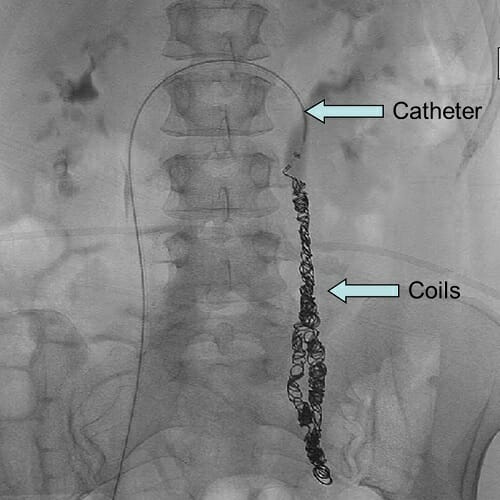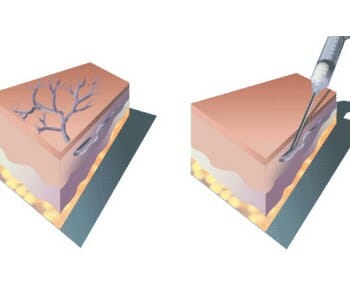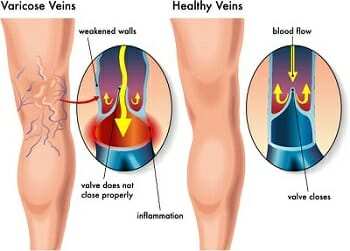Pelvic Venous Congestion
(PVCS) Treatment
What are the treatment options for PVCs? Available pelvic venous congestion treatment may include pain-relieving progestin hormone drugs, ovarian function-blocking Gonadotropin-releasing hormones, vein embolization, and surgery to rid of damaged veins, uterus, and ovaries. Customarily, your doctor will start you on the medications first to relieve pain. If the medications fail, then they may advise on the next step, usually the invasive options. Vein embolization is the most commonly used procedure.
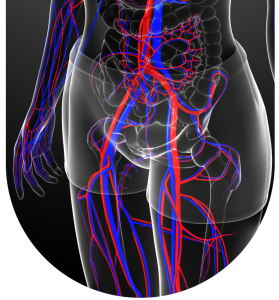
What to Expect
From Your Visit
at Pedes OC
You can also seek medical diagnosis and treatment to ease the pain and improve the appearance of the veins. Contact our offices to speak with an expert in pelvic venous congestion consultation and treatment services in Pedes Orange County.
- Ultrasound
Your treatment will begin with an ultrasound examination of your veins, arteries, or both, in your legs to diagnose the presence and extent of the disease. Your test results will be immediately available to review with the doctor. - Consultation
Once we review the results of your diagnostic tests, our physicians will help you develop a plan to provide you with the best treatment for your disease. - Treatment
Once we review the results of your diagnostic tests, our physicians will help you develop a plan to provide you with the best treatment for your disease. - Follow-up
It is important to make sure that you return for every scheduled follow-up appointment to ensure that your disease is appropriately monitored. If you ever have any questions or concerns, please call or schedule a follow-up appointment with our staff.
Frequently Asked Questions (FAQs)
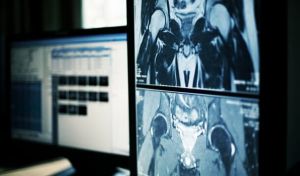

Email our Pelvic Venous Congestion Specialist
You can also seek medical diagnosis and treatment to ease the pain and improve the appearance of the veins. Contact our offices to speak with an expert in pelvic venous congestion syndrome consultation and treatment services in Pedes Orange County.






